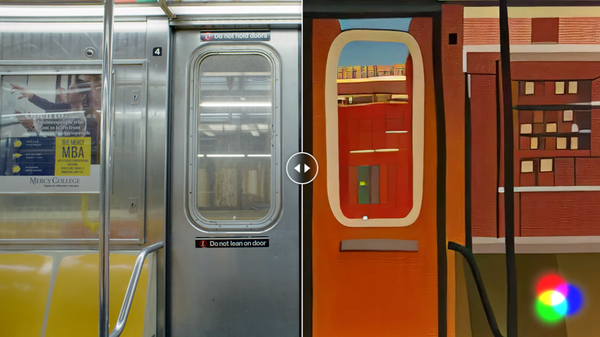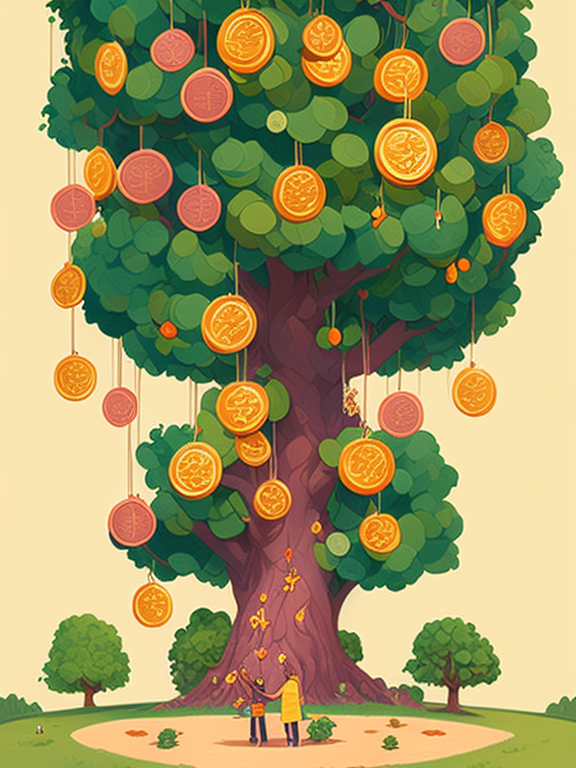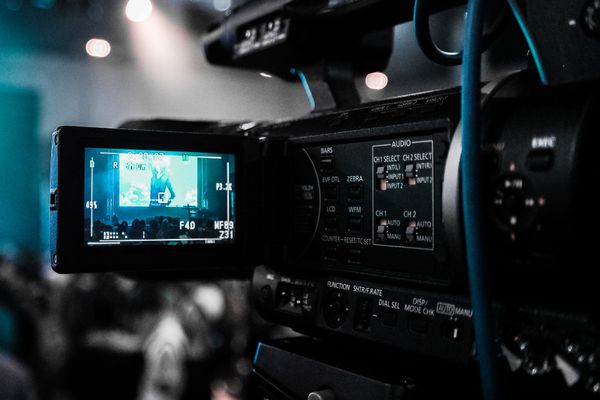What makes a piece of content, or sub-platform truly open, and part of the open web’s content corpus? This turns out to be a deceivingly hard problem, because everyone I ask replies with a different angle of openness they care about. Over the years, smart folks like Tantek Çelik, Steven Pemberton and Brad Neuberg answered this question in their own ways. Especially Tantek’s definition is very close to mine – I’m standing on the shoulder of giants, and my following attempt is just my creator/content-focused lens.
The ‘three freedoms’ framework
In order to help guide this conversation with web creators and content platforms, I started to define the ‘open webbyness’ as three fundamental freedoms:
- The freedom to create..
.. whatever you want, whichever way you choose. - The freedom to consume..
..in the device of your choice, using the software (browser) of your choice. - The freedom to monetize..
..with any method suitable for the format in question, not dictated by the distribution platform.
The freedom to monetize, you could argue, is technically included in the freedom to create. But because it is such a common hot topic in itself, especially to content creators & platforms, I’ve pulled it out. Also, a fourth freedom, the freedom of reach/amplification, looks like it would fit at first glance, but in reality is never guaranteed. The same way freedom of speech doesn’t guarantee everyone is listening to you, freedom of putting your site onto the web does not guarantee it is seen by people.
The framework, applied to content platforms
Easy peasy! Take any content sub-platform using the web as carrier (Pinterest, Substack, Medium, Reddit, YouTube and the likes) and think whether content creation and consumption on it grants the three freedoms:
- Can you use any tool to produce content for it?
- Do you have to sign a contract to not produce certain types of content? How restrictive are they?
- Can I only consume the content on some devices, but not others? Only works in one browser?
- Can I monetize with ads, brand deals etc. that are foreign to the platform itself?
You’ll find that most content platforms on the web do not fulfill all of these – and that might be OK! Sometimes absolute freedom is not achievable or desired. That can range from reasonable content policies to technical validation to ensure a smooth user experience.
Finding the right level or freedom as a web creator
As a web creator, that is, a content creator publishing content on the web (whether you’re a blogger, journalist, editor or activist), this stuff matters. With the exception of your own website or newsletter, on every platform you post, you agree to give up some of your freedom.
Sometimes you get something in reward that makes it worth it – like free eyeballs (= built-in distribution). But before you start investing time & energy on any given platform, think through the implications – who owns the content? Can you make enough money to sustain a living? Can you build a direct relationship with your audience?
The bottom line
If web creators don’t maintain some of their freedoms, they might struggle to build momentum as a business. If platform developers don’t keep in mind what qualities of the open web they treasure, they’ll start building products that cut the wrong corners.
Your level of comfort, and which freedoms you care about might differ from mine. But in the end, I strongly believe that a little bit of introspection around these freedoms, and making conscious decisions about them, will help you build better products & content that enriches the corpus of the open web.
Do you agree or disagree with my definition? Have something to add? Found this useful? Let me know!






